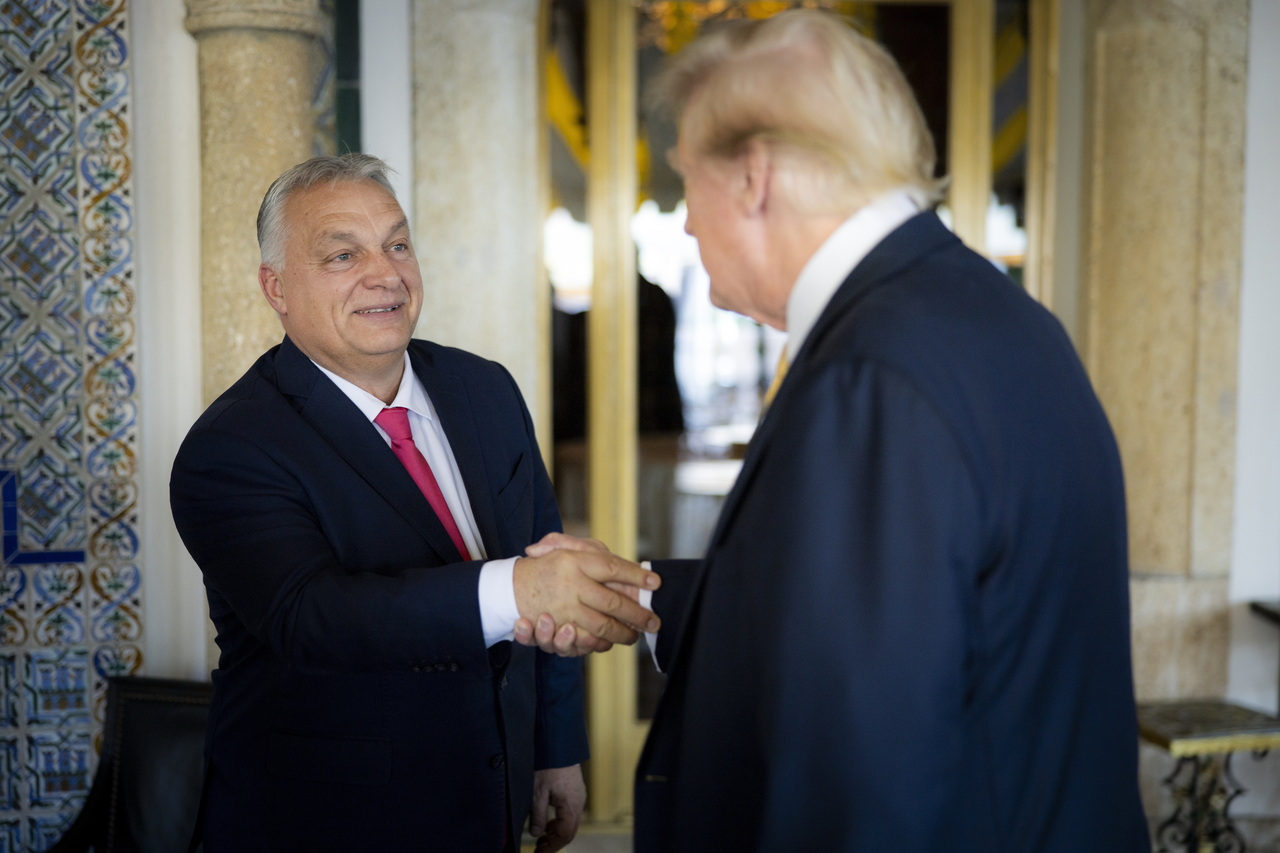Why does MAGA love PM Orbán? A detailed look on how Hungary became the American right’s secret obsession

For an increasing number of American conservatives, especially those drawn to the Make America Great Again (MAGA) movement, Hungarian Prime Minister Viktor Orbán has become more than just a European leader. To them, he is an inspiration, a political role model, and, in some circles, even a cult hero. Understanding why MAGA admires Orbán reveals as much about Hungary’s political climate as it does about the evolving landscape of the American right.
The Orbán playbook: Authoritarian populism with democratic trappings
The Hungarian PM’s political strategy has become a textbook example for aspiring strongmen seeking to consolidate power while retaining the formalities of democracy. Central to his approach is narrative control: his government has gradually brought most of Hungary’s media under its influence, shaping public perception and amplifying official messaging.
Orbán also practices “enemy-driven” politics by continually identifying and vilifying perceived threats, from George Soros to immigration and LGBTQ+ rights, all in the name of defending Hungary’s Christian identity. Instead of dismantling democratic institutions outright, his government methodically fills courts, universities, and regulatory agencies with loyalists and changes the rules to favour the ruling Fidesz party.
This carefully constructed system keeps the façade of elections and limited opposition alive, but real political power remains tightly held. Hungary, as a result, occupies a grey zone: not an outright dictatorship, but well short of a liberal democracy.
Why MAGA is drawn to Orbán

1. Success in shifting the political landscape
Many in MAGA circles see the Hungarian PM as a leader who has successfully pushed back against progressive ideologies, all while maintaining formal democratic procedures. At high-profile gatherings such as the Conservative Political Action Conference (CPAC) in Budapest, Orbán has openly advised the American right to “have your own media,” underscoring the critical role of information control in politics.
2. Model for conservative governance
Hungary is viewed among MAGA supporters as an “incubator” for right-wing policies, many of which are then championed in the United States. Orbán’s influence can be seen in similar conservative American efforts to reshape education systems, eliminate what they refer to as “woke” curricula, pass laws restricting rights for LGBTQ+ citizens, enforce strict immigration policies, and elevate slogans like “God, Homeland, Family” as moral pillars. Such policies and rhetoric are showcased at CPAC Hungary, which draws leading U.S. Republicans to celebrate slogans like “No Woke Zone” and “Make the West Great Again.”
3. A blueprint for power
Perhaps most significant is that Orbán provides the MAGA movement a blueprint for consolidating power far beyond winning elections. He demonstrates how legal and administrative tactics can marginalise and weaken opposition, how rules can be rewritten, and how key positions can be filled with loyalists to ensure lasting influence. Initiatives like the Heritage Foundation’s “Project 2025,” a major MAGA-aligned strategy document, echo many of Orbán’s methods, and their inspiration is acknowledged openly by American conservatives.
4. Mutual admiration with Trump
The admiration runs both ways. Donald Trump has publicly described Orbán as “fantastic” and “a better leader than anybody,” while Orbán himself has proudly acknowledged his close ties to Trump’s policy circles. Both leaders have built their brands by attacking “the deep state,” prioritising personal loyalty over expertise, using governmental powers to punish critics and reward supporters, and portraying political opposition as threats to national identity.
The contradiction: Admired model or cautionary tale?

Despite Orbán’s popularity among the American right, critics argue that the actual results for Hungarians are far less rosy. While MAGA-aligned commentators highlight Orbán’s victories against “woke” politics and liberal policies, critics see stagnation and decline. Hungary, once one of Central Europe’s more prosperous economies, is now among the poorest EU member states, with decreasing industrial output, rising unemployment, and what watchdogs describe as widespread corruption.
Economic benefits and state contracts are frequently channelled to loyalists, creating a new oligarchy and distorting the country’s markets. International organisations now rate Hungary as an “electoral autocracy,” expressing concern about the country’s sliding democratic standards and growing isolation within the European Union.
Yet, for the MAGA movement, these aspects are often ignored or downplayed. Orbán’s policies are celebrated primarily for his cultural and political victories against liberalism and globalism, rather than for the lived reality of average Hungarian citizens.
Conclusion
Orbán’s emergence as a MAGA icon has drawn international attention to Hungary and intensified debates both at home and abroad. For MAGA, Hungary’s recent political evolution offers not a cautionary tale, but a playbook for the future of conservative power: a demonstration of how to outmanoeuvre opponents through institutions and culture, not just elections. Whether this is a warning for democracy or a new template for success is deeply contested. For now, however, the MAGA movement’s enthusiasm for Orbán and the “Hungarian model” remains strong.
Sources: The Atlantic, The Preamble, Way of Improvement
Read more news about US-Hungary relations on Daily News Hungary!
Read also:







